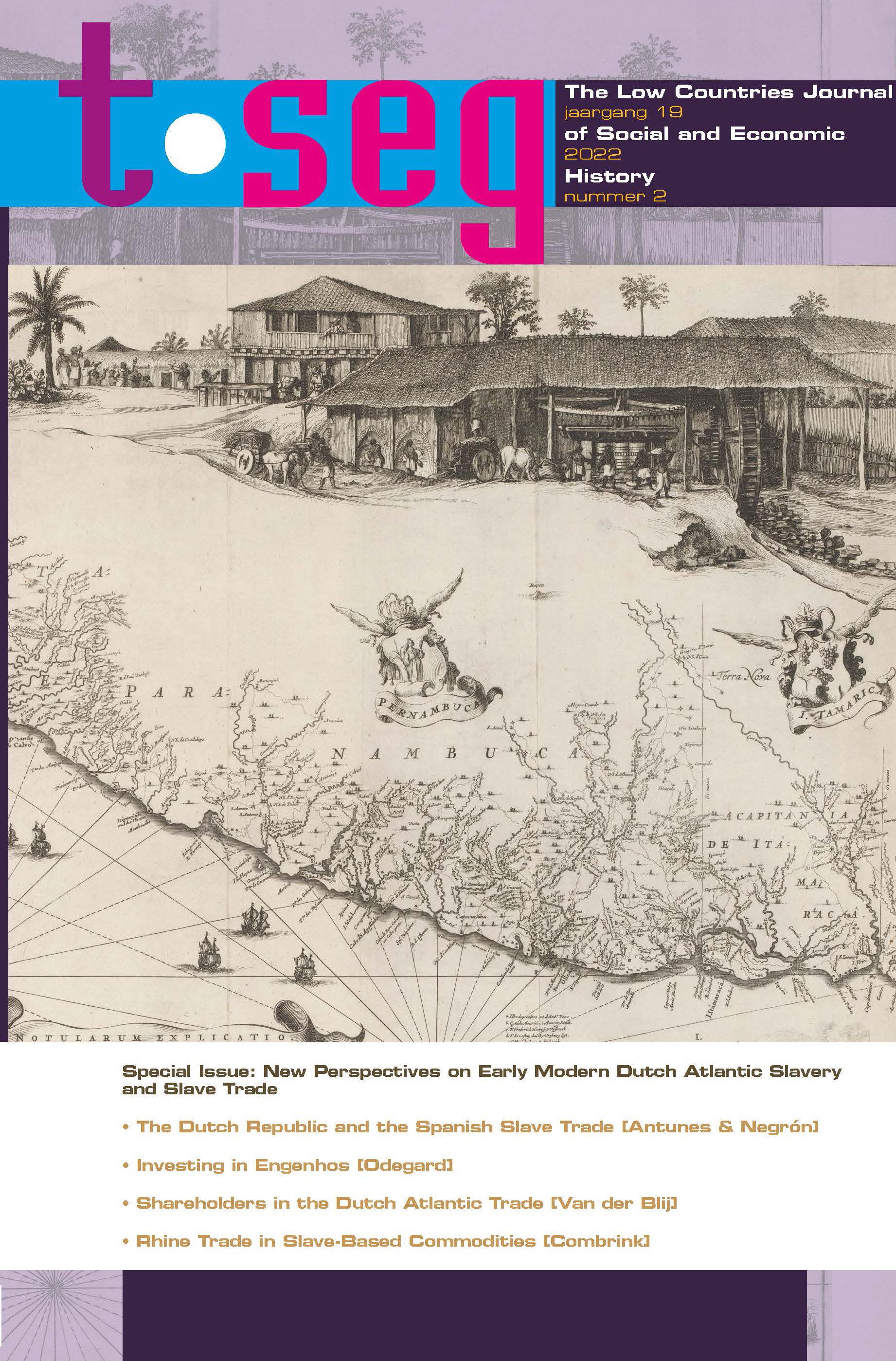The Dutch Republic and the Spanish Slave Trade, 1580-1690
DOI:
https://doi.org/10.52024/tseg.12315Keywords:
Slave trade, Dutch Republic, Seventeenth century, Spanish EmpireAbstract
This article investigates the reason why groups of merchants operating from the Dutch Republic, particularly from Amsterdam, decided to take part in the exploitation of the Spanish Empire, through a very particular type of activity, that of the slave trade. We argue that Amsterdam-based merchants were heavily engaged, through various organizational forms, in supplying Spanish American markets with enslaved Africans. This participation was rewarded with a path for access to Spanish American silver, at the time the essential exchange mechanism for entry and expansion in the Mediterranean and Asian trades.
Downloads
Published
Issue
Section
License
Copyright (c) 2022 Cátia Antunes, Ramona Negrón

This work is licensed under a Creative Commons Attribution 4.0 International License.






